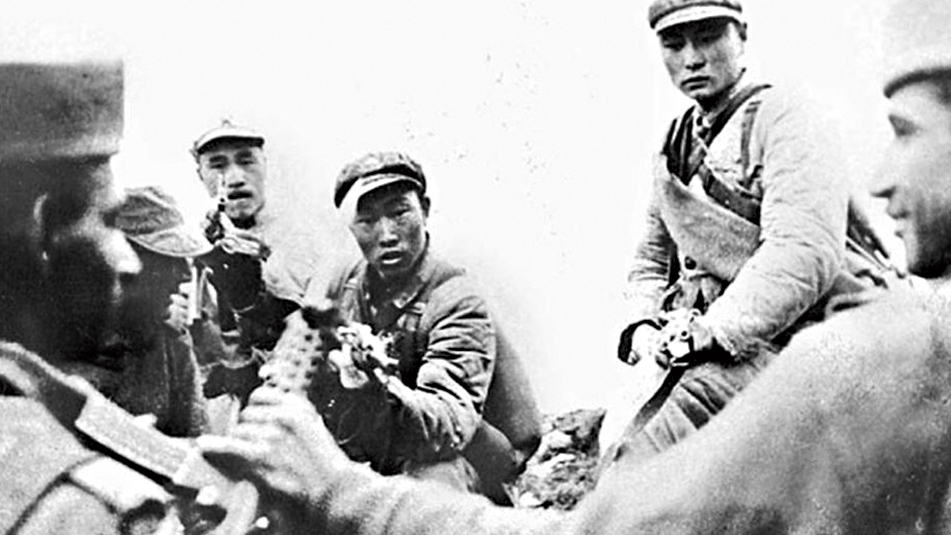SOURCE: AFI

India and China, powerful Asian giants, share a rich history but a complex relationship. While the 1962 war is often etched in collective memory, a lesser-known conflict in 1967 offers a crucial piece of the puzzle. This 1967 clash, fought on the Himalayan heights of Sikkim, marked a turning point. After the 1962 defeat, India’s victory in 1967 restored a sense of balance and national pride.
Following the 1962 setback, India craved a chance to reassert itself. This opportunity arrived in 1967 at Nathu La and Cho La passes along the Sikkim border. The spark? A disagreement over fencing the border, with China viewing it as an Indian encroachment.
What ensued were fierce clashes fought in harsh Himalayan conditions. Despite the odds, India emerged victorious, a crucial turning point that restored national pride and instilled a sense of parity with China.
The significance of the 1967 conflict goes beyond military victory. It established a new paradigm for India’s approach to a stronger China. This hard-won success not only bolstered India’s confidence but also contributed to a period of relative peace despite simmering tensions. Interestingly, China refrained from intervening in the 1971 Indo-Pakistan war, perhaps wary of another military confrontation with India.
The significance of 1967 extends beyond the battlefield. It established a new template for India’s approach to a powerful China. The hard-earned victory not only restored parity but also contributed to a period of relative peace, despite ongoing tensions. Notably, China refrained from intervening in the 1971 India-Pakistan war, despite pressure from the US.
However, time has a way of obscuring history. The crucial battles of 1967 faded from memory, resurfacing only in 2020 during another border standoff between the two nations. This forgotten conflict serves as a stark reminder that the peace in the region came at a heavy cost. Ironically, the sacrifices made on the battlefield in 1967 paved the way for a long period of relative stability.